Winter
Oil on canvas, cm 78,5 x 93,5
With frame, cm 86 x 102
Concordantly known as Bassano from the name of the city of origin, Bassano del Grappa, the name was fixed by art critics during the modern age; that of "Da Ponte" was a company before litteram, family run, active for about a century and a half. Initiated by Francis the Elder, in the first years of the sixteenth century, achieved great appreciation throughout northern Italy with the personality of Jacopo, starting from the second half of the fourth decade, and the brothers of these Giambattista and Gianfrancesco. After him, his sons Francesco il Giovane, Giambattista, Leandro and Gerolamo will be interpreters of the family tradition. The compositions are derived from a series conceived by Jacopo Bassano (1510-1592) and the character of style suggest to report its execution to his school, whose epigoni can be found in activities throughout the seventeenth century. This is a work from the early youth of Leandro Bassano, who we know was active in his father’s workshop until he moved to Venice in 1584 or 1588 at the latest. In that year Leandro is enrolled in the Fraglia of Venetian painters; in Venice, where he had been together with his father in 1577-78, he began a profitable career as an author of portraits and altarpieces, not without returning repeatedly to his father’s inventions. The activities carried out by the characters refer to those typical of the winter season, well highlighted also by the bare trees and the snowy landscape in the background, separated from the scenic point of view compared to the first floor. In other versions of the work you can also see an isolated biblical scene, namely the Christ carrying a cross, absent in this last one, where you keep the details related to everyday peasant life:The collection of wood, the family around the fire, the animals that bind the various parts of the painting and the panorama on the horizon sprinkled with snow. The young Leandro’s characteristic is the accentuation of the shadows in contrast with the vivacity of the colors and the lights, which stand out in the gloomy environment of the winter night. The rich tonality, the luminous contrasts, the biblical-pastoral subject and the senario agreste fit perfectly into the context of the painting of the Bassanesca school.


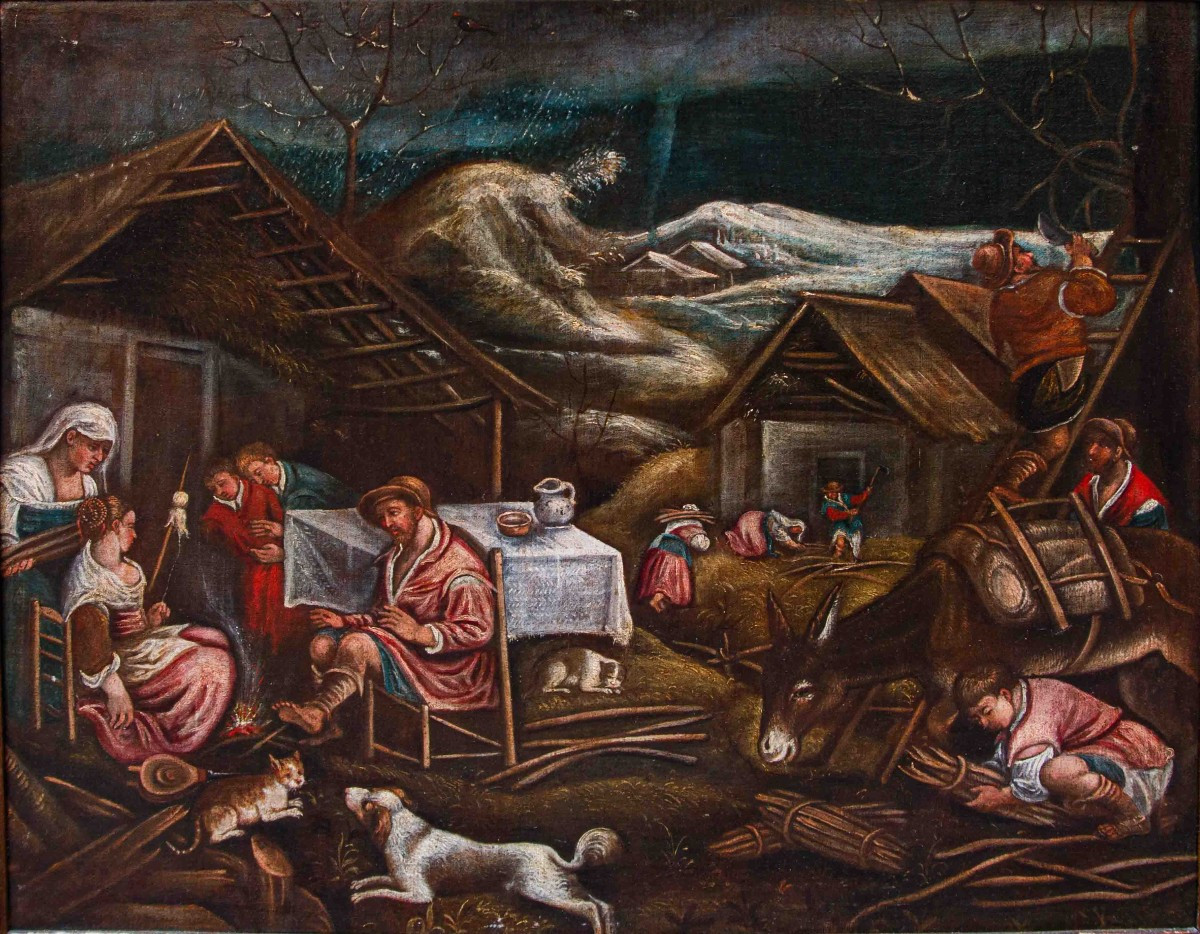

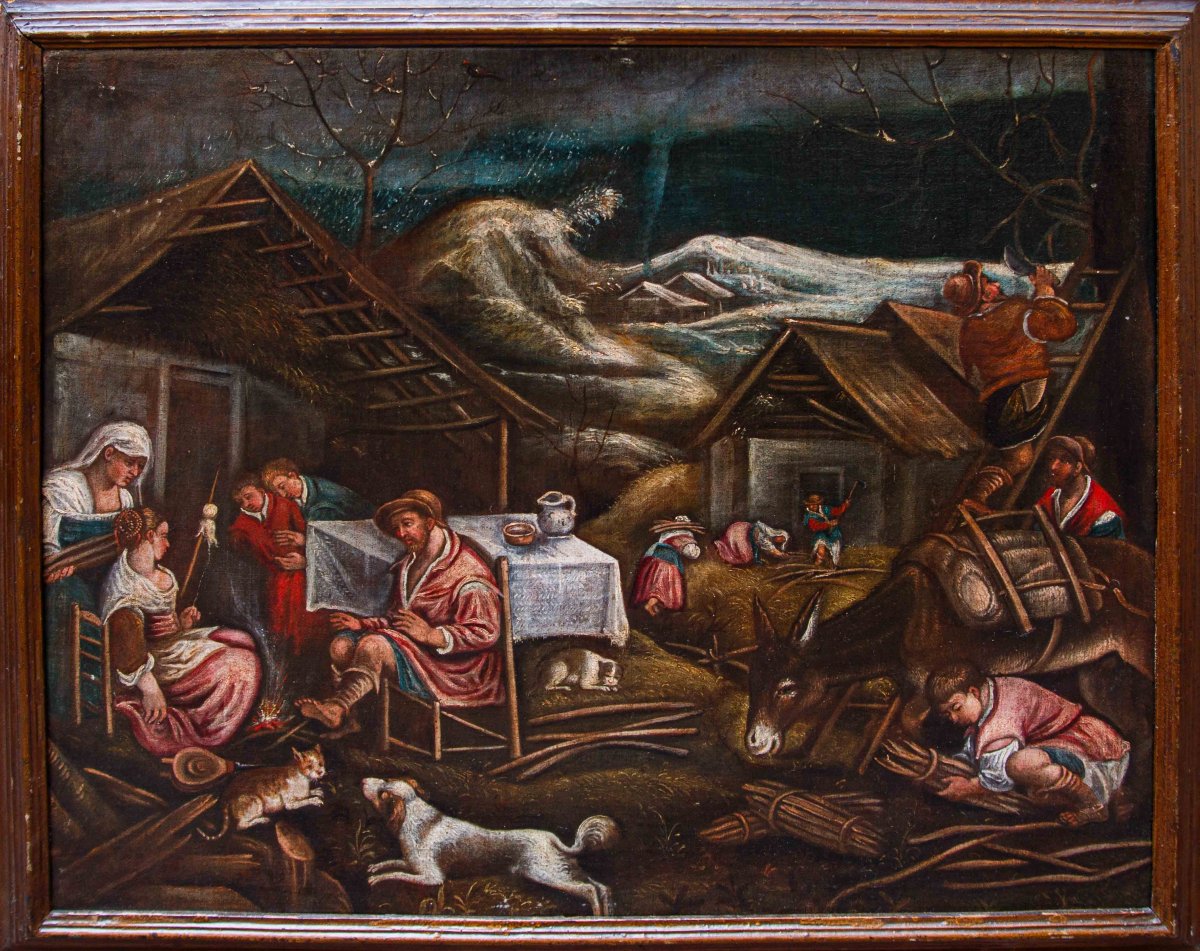

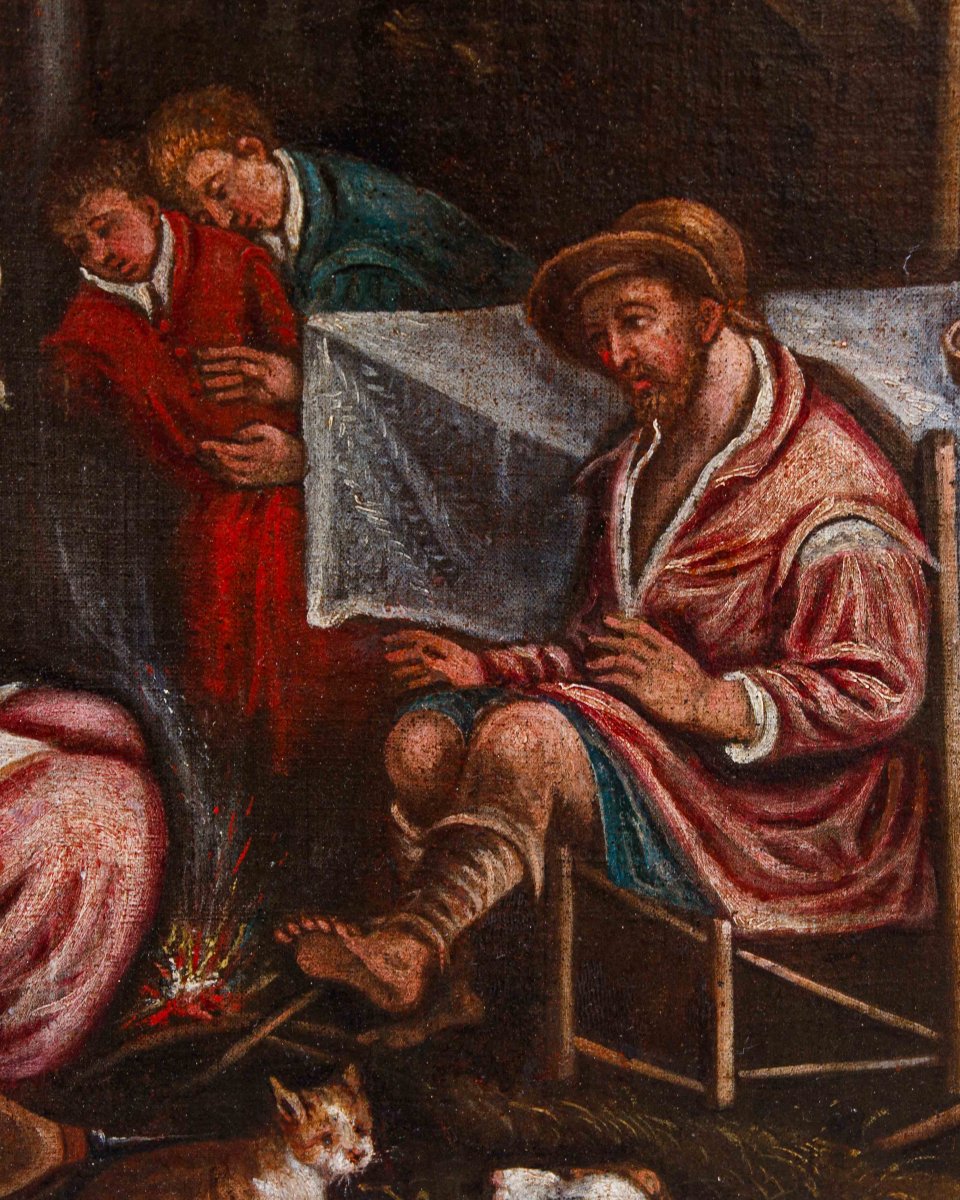

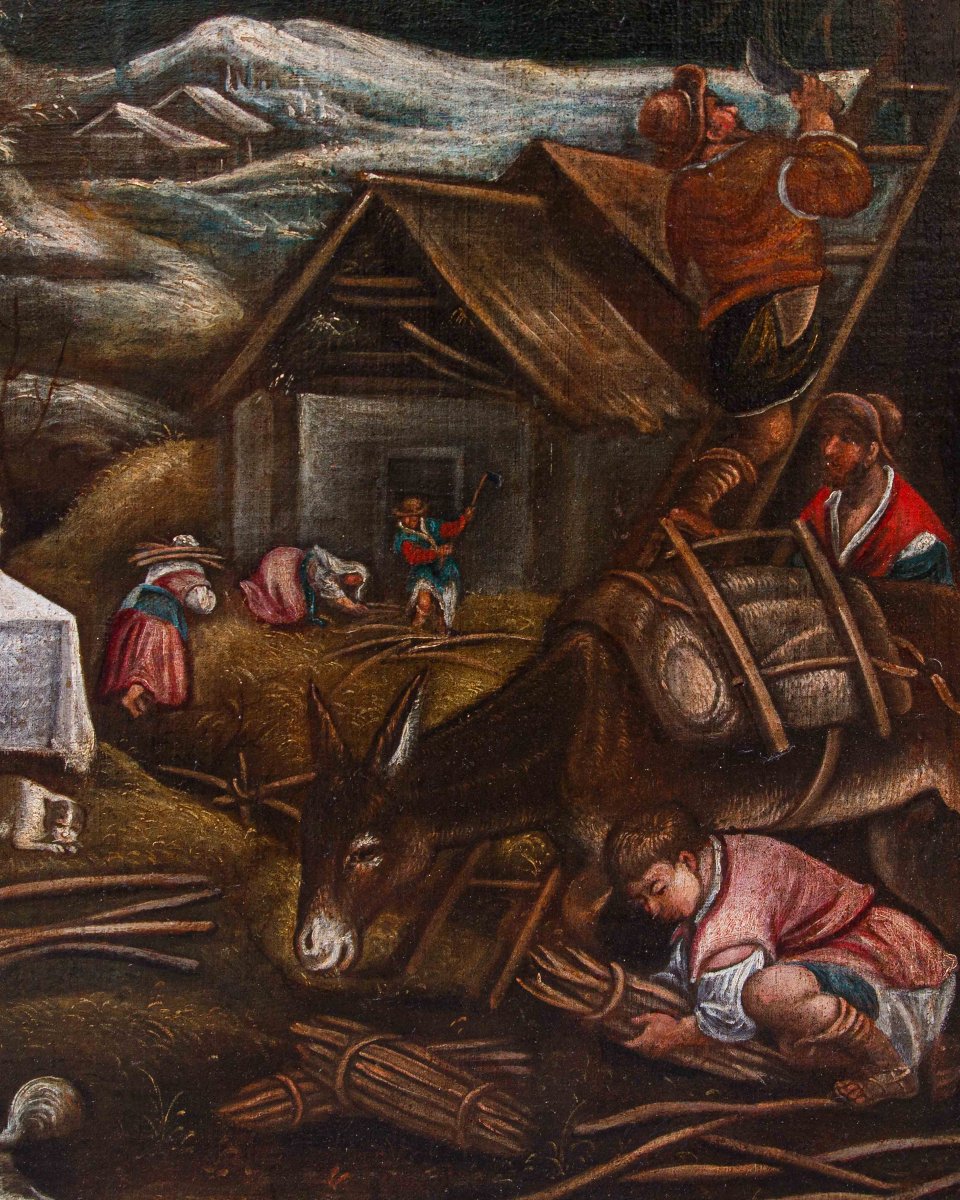



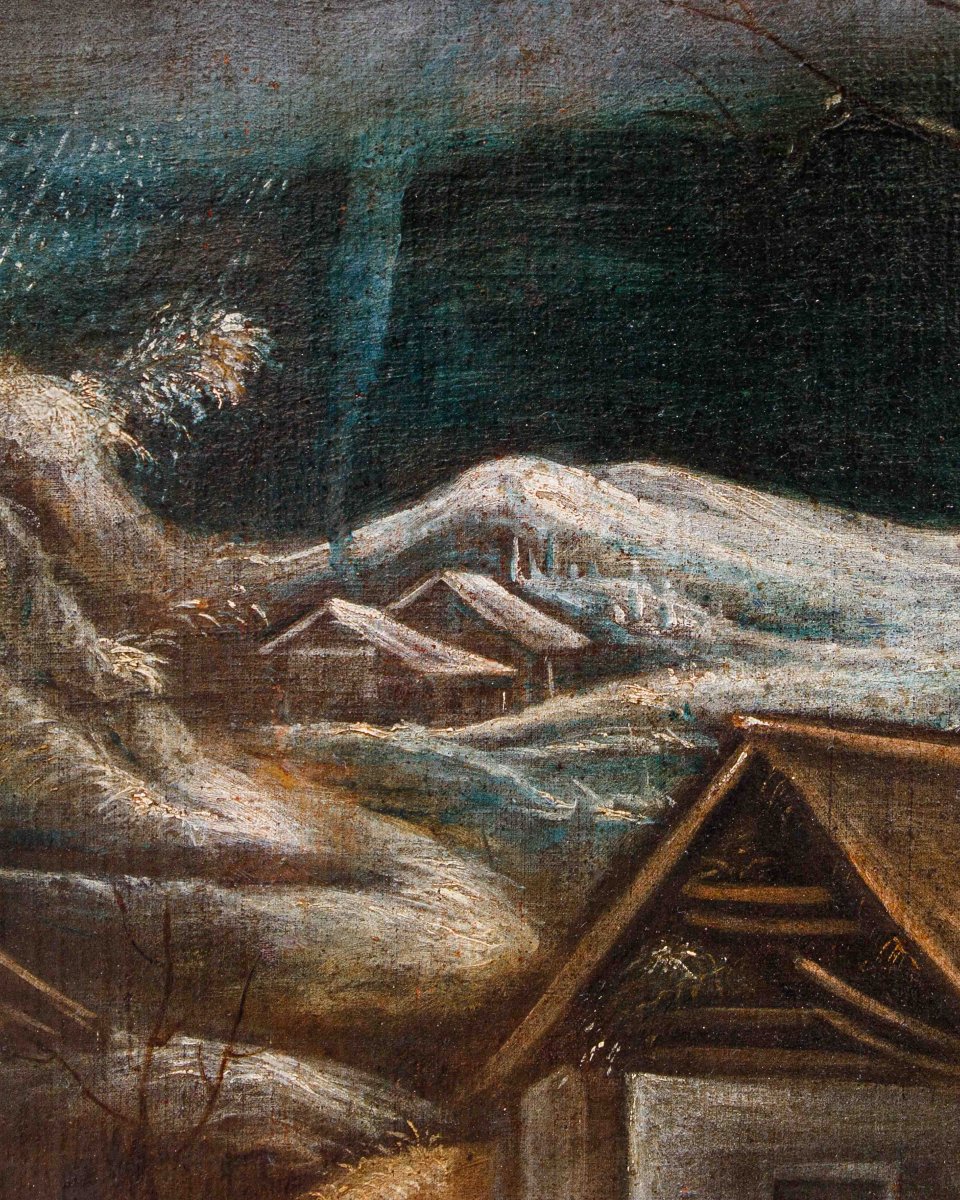












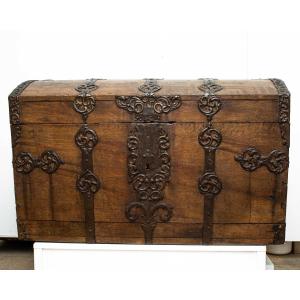


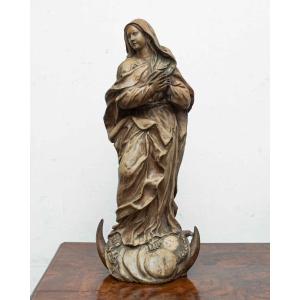



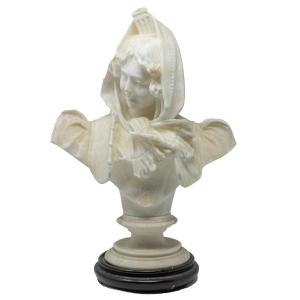




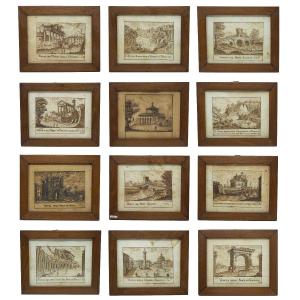

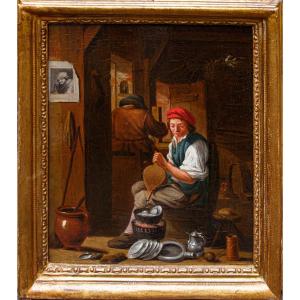
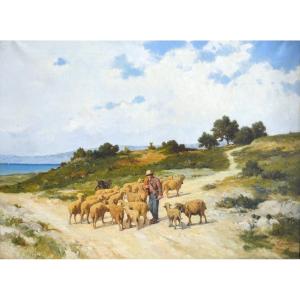

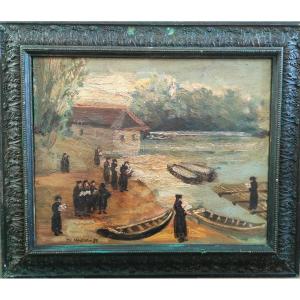





 Le Magazine de PROANTIC
Le Magazine de PROANTIC TRÉSORS Magazine
TRÉSORS Magazine Rivista Artiquariato
Rivista Artiquariato